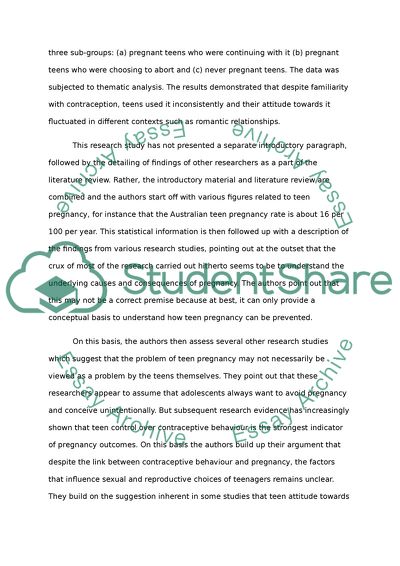Cite this document
(Analysis of Article about Pregnancy and Protection of Australian Term Paper, n.d.)
Analysis of Article about Pregnancy and Protection of Australian Term Paper. Retrieved from https://studentshare.org/health-sciences-medicine/1728549-research-critique-for-a-qualitative-artical
Analysis of Article about Pregnancy and Protection of Australian Term Paper. Retrieved from https://studentshare.org/health-sciences-medicine/1728549-research-critique-for-a-qualitative-artical
(Analysis of Article about Pregnancy and Protection of Australian Term Paper)
Analysis of Article about Pregnancy and Protection of Australian Term Paper. https://studentshare.org/health-sciences-medicine/1728549-research-critique-for-a-qualitative-artical.
Analysis of Article about Pregnancy and Protection of Australian Term Paper. https://studentshare.org/health-sciences-medicine/1728549-research-critique-for-a-qualitative-artical.
“Analysis of Article about Pregnancy and Protection of Australian Term Paper”. https://studentshare.org/health-sciences-medicine/1728549-research-critique-for-a-qualitative-artical.


